A distant relative of pineapple guzmania is a herbaceous plant from the bromeliad family. The birthplace of the flower is forests and mountains mainly of South and Central America. Exotic external data of the plant became the main reason for its popularity. Today, the guzmania flower is actively grown at home, needs simple care and pleases the florists with a bright inflorescence and a rosette of wide-spread leaves.
Content
Characteristics of guzmania and species diversity
There are about 120 plant varieties. They differ in size, living conditions and color of leaves and inflorescences. Some species grow as epiphytes, others in the soil.
General Features
The flower is a sprawling rosette of elongated leaves, in the middle of which is a bright inflorescence. Contrary to the majority opinion, bright foliage is not a flower, but a bract, its role is to attract insects for pollination, because the flowers of the plant are small and inconspicuous. Only adult guzmania blooms, having reached the age of 2-3 years. Flowering time is not more than 3 months. Guzmania, like all bromeliads, blooms once in a lifetime, and then dies.
Refers to plants thermophilic, the ideal temperature for its growth is 25 degrees Celsius, with high humidity. Among the variety of species, there are several of the most popular for home growing.
Guzmania Donella - Smith
This species is easy to grow. Florists especially love him for the bright yellow leaves. It has elongated green leaves covered with pale scales. Leaf length reaches 60 cm in length.
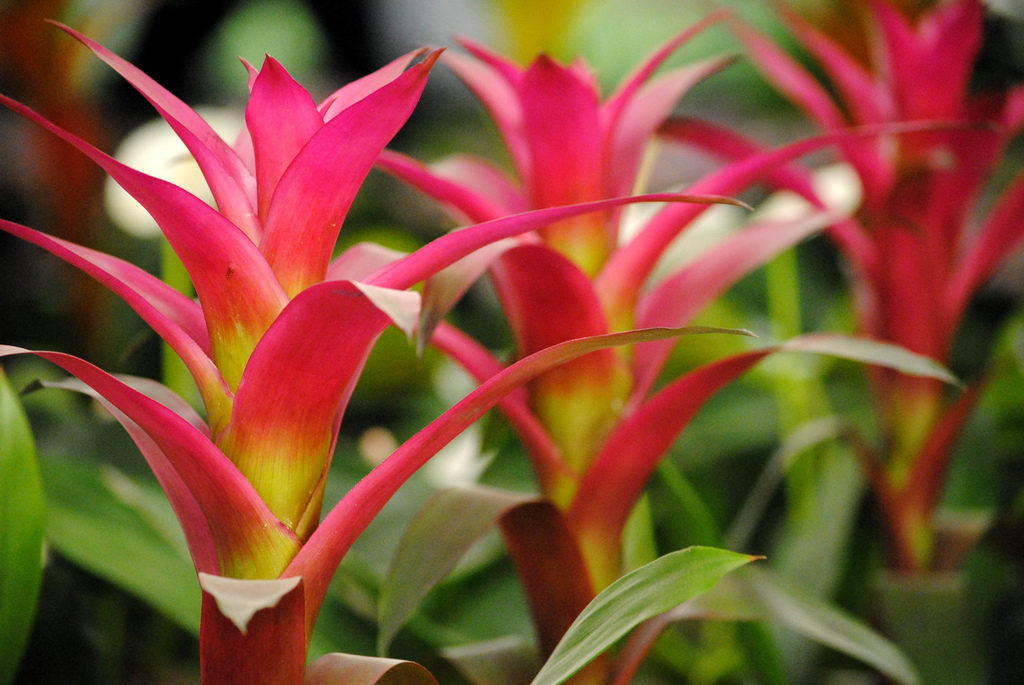
The birthplace of the plant is Costa Rica and Panama. In the wild, this species self-pollinates, respectively, the seeds are easy to get. They are spread by the wind over long distances, which contributes to the rapid spread of the species. It blooms usually in April. The pedicel is straight, the peduncle is red in the shape of a pyramid.
Zana (Tsana)
Homes are rarely grown. It has a large size - the leaves reach a height of 70 cm, while they are either green-yellow or green-red with red streaks on the surface.
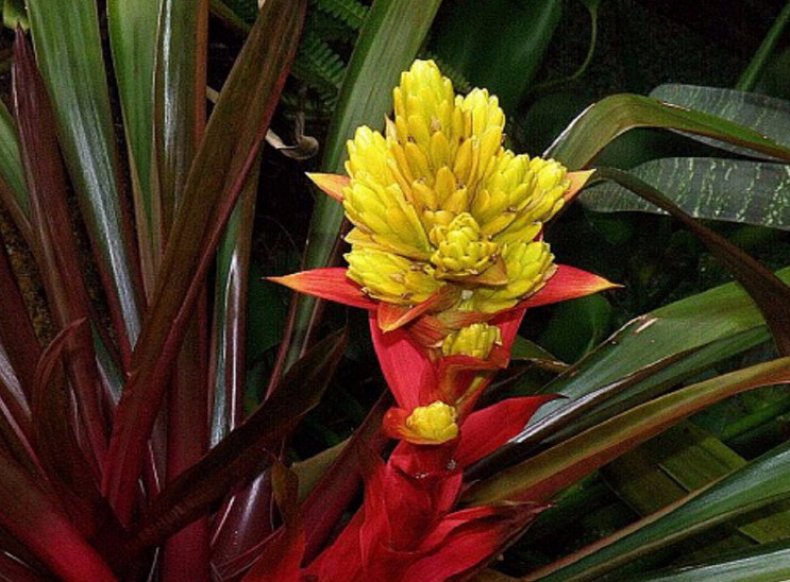
The leaves of the stem are also red, and the flower and bracts are yellow. Zana's homeland is the rainforests of Colombia.
Blood red
A medium-sized plant, reaching 30 cm. The leaves are quite wide, swirling down, during flowering they become bright red.
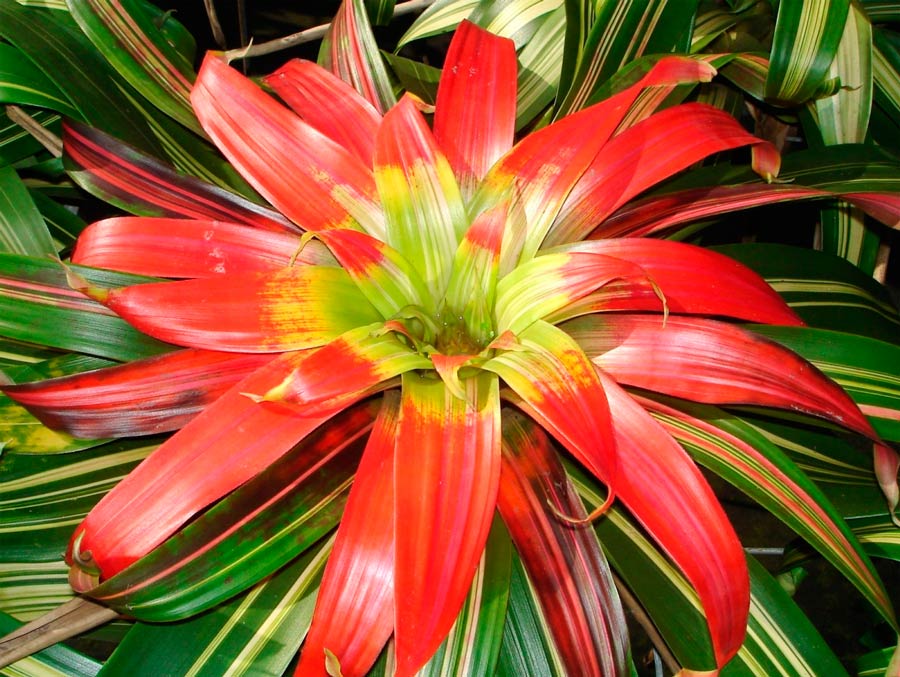
Yellow flowers are located on short stems, in their inflorescence up to 12 pieces. It blooms in spring and summer. It is found in nature in Ecuador, Colombia, Costa Rica.
Mosaic
A distinctive feature of mosaic guzmania is its leaves - long, up to 70 cm, and quite wide.
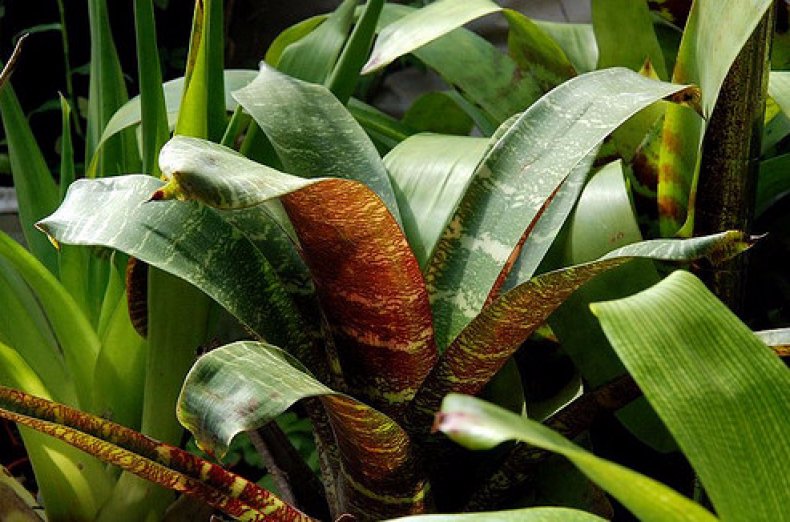
The light green leaf background is covered with dark stripes. Peduncle bright pink, white-yellow flowers. Homeland - Panama and Colombia.
Nicaraguan
It has medium-sized pointed leaves resembling a tongue. The reverse side of the foliage is covered with small scales. Sultan bright red or red brown; small flowers are usually orange.
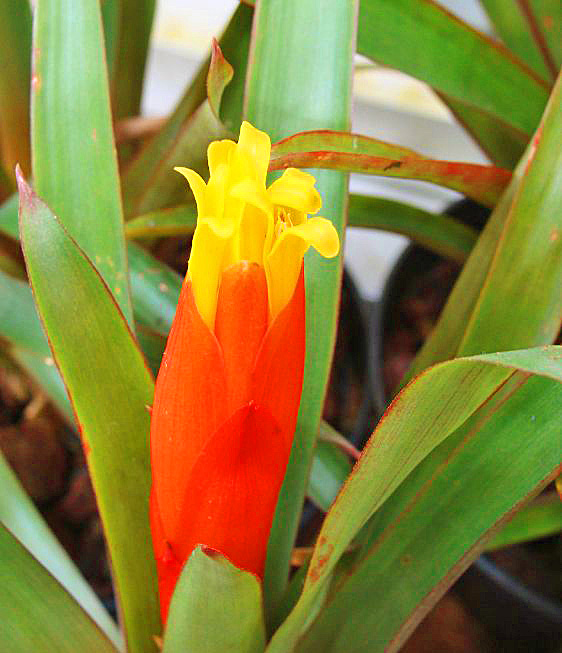
The total size of plants with inflorescences rarely exceeds 15 cm in height.It blooms in the second half of spring. The historical homeland is Central America.
One-eared
Outwardly, the inflorescence of this species of guzmania resembles a spikelet crowned with white flowers. Leaves up to 40 cm in size grow densely, forming a dense rosette, have a yellow-green color, brighter towards the ends of the foliage.
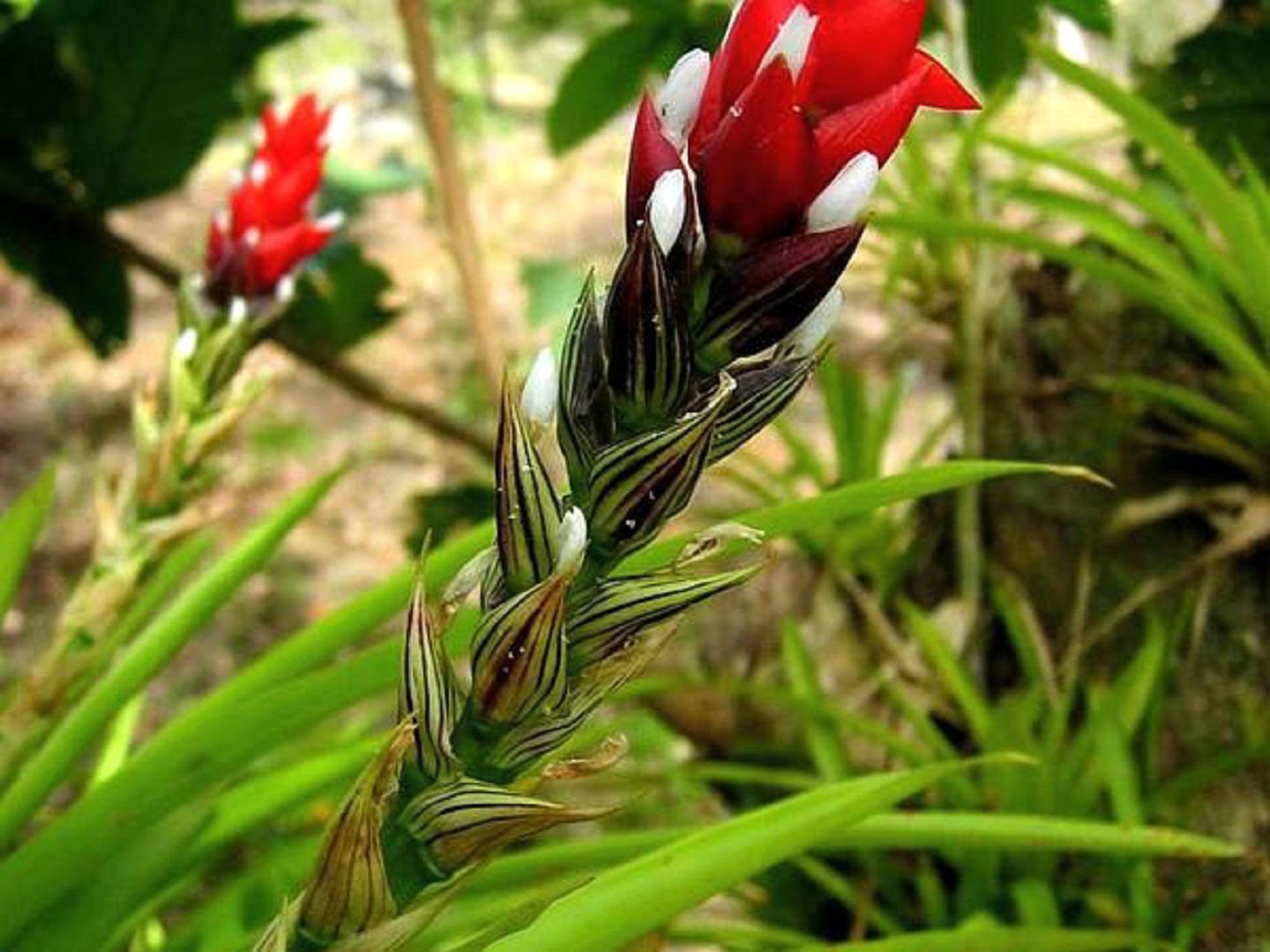
Due to the density of the petals, this variety must be planted more often than others. One-spike variety is widely represented in the forests of northern Brazil, India, Peru and Nicaragua.
Reed
The most common indoor view. It has bright green leaves, sometimes with stripes, the bract is most often orange or red, the flowers are white. The size of reed guzmania is within 40 cm. The variety is represented quite widely - it has up to 10 varieties that differ in leaf shape and color of bracts.
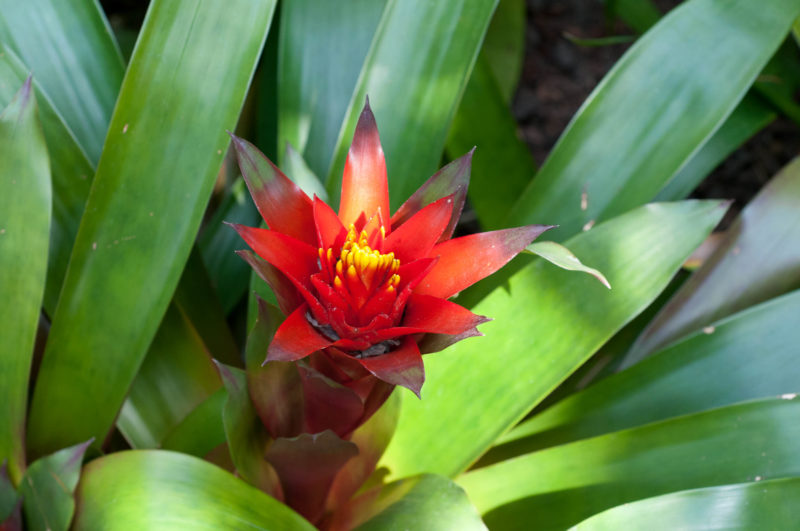
The most famous options are bright red, pink, orange, yellow, purple. The reed guzmania blooms, depending on the subspecies, in different periods - both in the winter months and in the summer. Typical habitats are Bolivia, Brazil and Honduras.
Features of Home Care for Guzmania
Being a bright representative of the tropical flora, guzmania requires an individual approach. Humidity, lighting, temperature and soil features are the main conditions for the successful maintenance of a flower at home. If all the requirements are met, this beautiful indoor plant is able to give the interior a special flavor.
Lighting
One of the main secrets of successful cultivation of guzmania is the observance of the light regime. The plant is very fond of the abundance of light, however, direct sunlight is contraindicated to it - there are frequent cases of a flower getting sunburn.
The ideal option is scattered light, partial shade. To do this, the pot is placed on the western or eastern side, and only in winter the southern window is a suitable option for guzmania. In the cold season, the plant may lack natural light. Then come to the rescue sources of artificial light, which can be located near the pot.
Temperature and humidity
A temperature of at least 15 degrees and humidity are ideal conditions for the plant. In summer, the flower is comfortable at 25 C, in winter, the temperature should not drop below 15 ° C. It is important not to let the temperature drop, otherwise guzmania will be in danger.
Rainforests - a zone of high humidity. Accordingly, at home it is necessary to maintain humidity.
Watering and feeding
Proper watering for guzmania is not soil, but through a leaf outlet. As a rule, only on especially hot days do they moisten the soil from above. On the remaining days, water is poured into a power outlet and left for several minutes. During this time, the plant will absorb all the necessary moisture, and the rest can be simply poured.
The frequency of watering depends on the season. In the warm season, the flower is watered once every two days, in winter it is watered less often - up to once a week. Excessive soil moisture is not suitable for guzmania; it prefers slightly over-dried soil to excessive watering.
For fertilizer, it is recommended to use ready-made nutrient mixtures sold in flower shops. When choosing a fertilizer, it is necessary to monitor the absence of copper and bromine in its composition.
Fertilize the flower once a month, from spring to early fall. Place top dressing at the outlet during watering, or spray on leaves.An important point is the need to dilute the fertilizer about two times more than recommended on the package.
Diseases, pests and methods of dealing with them
The tropical beauty is not only attacked by pests. She is also threatened by a fungus, white limescale and rotting of the roots. The most common pests are spider mites, mealybugs, and scale insects.
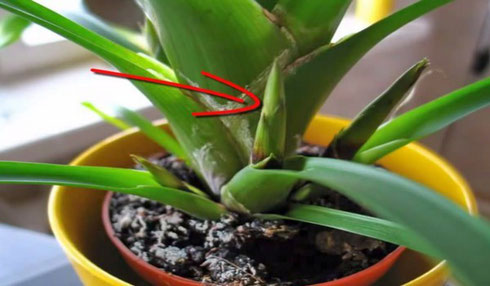
Mealybug - a pest that lives in the root zone and at the base of foliage. Damaging the leaves, the worm causes the appearance of a soot fungus. As a result of the lesion, the leaves may turn yellow, growth retardation is observed. To combat it, it is recommended:
- wipe the leaves on both sides with a sponge moistened in a solution of laundry soap,
- water the earth with pest preparations.
Scale shield affects leaves from two sides. Outwardly resembles dark tubercles. Leaves affected by scabies turn yellow and die. For treatment it is necessary:
- remove pests with a sponge dampened in Actellik's solution;
- spray plants with a solution of this drug;
- pour insecticide solution.
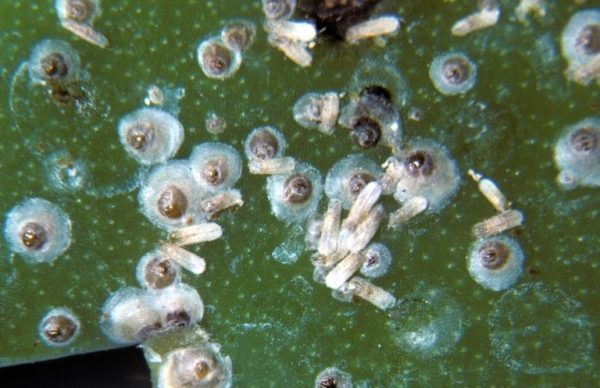
Signs of a spider mite are a yellow spot on the leaves. Affected leaves turn yellow and die. Fighting the parasite involves treating the leaves with soap and water, followed by spraying with an insecticide - Oberon, Sunmight.
How to propagate and transplant guzmania at home
Unfortunately, guzmania does not bloom forever. And after the end of the flowering period, she dies. Nevertheless, proper reproduction will make it possible to grow more than one generation of these beautiful flowers.
Propagation by processes
So, having finished flowering, the main plant dies. At the same time, many sprouts, “children” appear on its sides, replanting which, you can grow new flowers. It is necessary to wait until the shoots acquire small roots, and carefully separate them.
The resulting bushes are planted in separate pots. Place containers in heat, creating a greenhouse effect. To do this, cover the pot with a bag or glassware. So the flower quickly adapts to new conditions. Over time, the grown plants move to the usual conditions for adult guzmania.
Seeds
To propagate guzmania seeds, it is necessary to prepare suitable soil. As a rule, they use ready-made soil for bromeliads, including peat and sand. Seeds are washed in a solution of potassium permanganate, dried thoroughly and placed on the surface of the substrate without being instilled - light is needed for seed to germinate.
The surface of the container with soil and seeds is covered to create the effect of a greenhouse and placed in a warm place. From time to time they need to be aired and sprayed soil.
Two weeks later, the first sprouts appear, and at the age of 2-2.5 months, the seedlings are relocated to a new soil, consisting of peat, leaf soil and turf.
When the sprouts are six months old, they are transplanted into permanent pots and grown in the usual conditions. The resulting young bushes will not bloom soon - in about 3-5 years.
Soil selection
After acquiring guzmania requires a transplant. A classic soil for high-quality growth and flowering of a plant is a mixture consisting of turf, sand, peat and moss in equal quantities. It is necessary to place drainage on the bottom of the pot - expanded clay can play its role.
Transfer
The plant is transplanted only after acquisition. To do this, choose a small pot, which is filled with soil substrate and drainage. The size of the pot is due to the weak root system of the plant.
Guzmania is a massive flower. Placed in a small pot, he can turn it over. To prevent this from happening, it is better to weight the container or place it in another container.
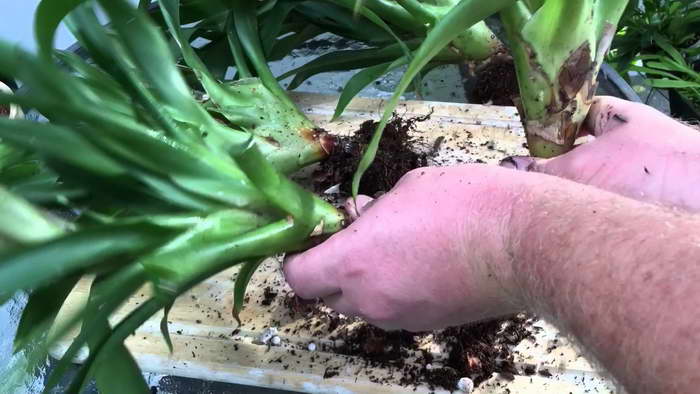
The tropical beauty is transplanted by the method of transshipment - the plant, together with a lump of earth, is carefully removed from the old container, placed in a pot with drainage and a small amount of soil, after which it is sprinkled with the remaining soil on top.
Common Care Questions
If you violate the conditions of detention, domestic flowers may die. A long and bright flowering, fresh foliage and attractive appearance of guzmania are the result of the painstaking work of the grower.

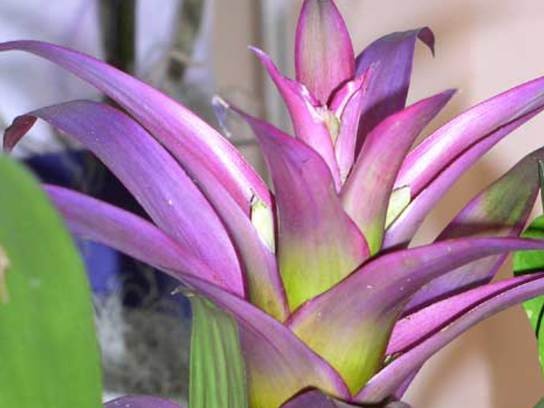
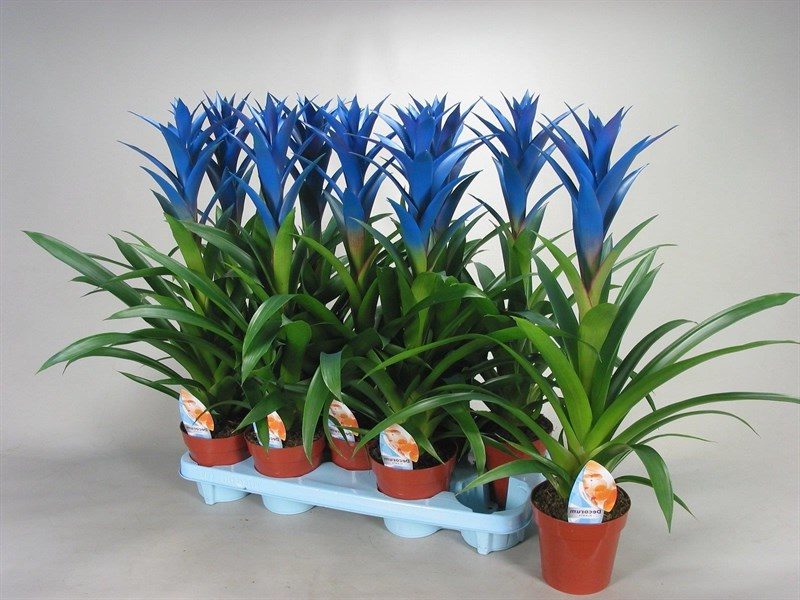
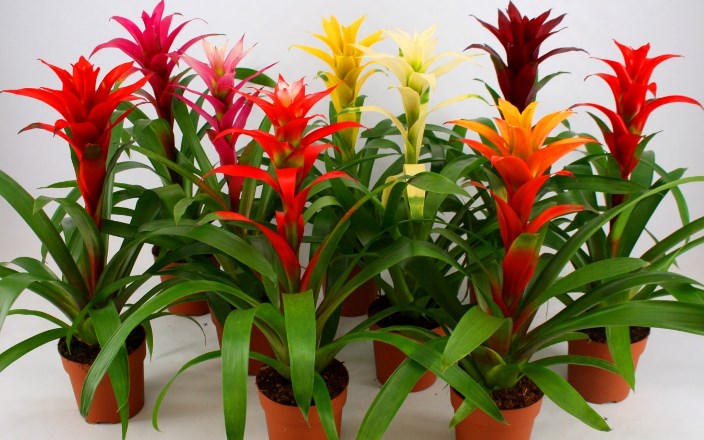



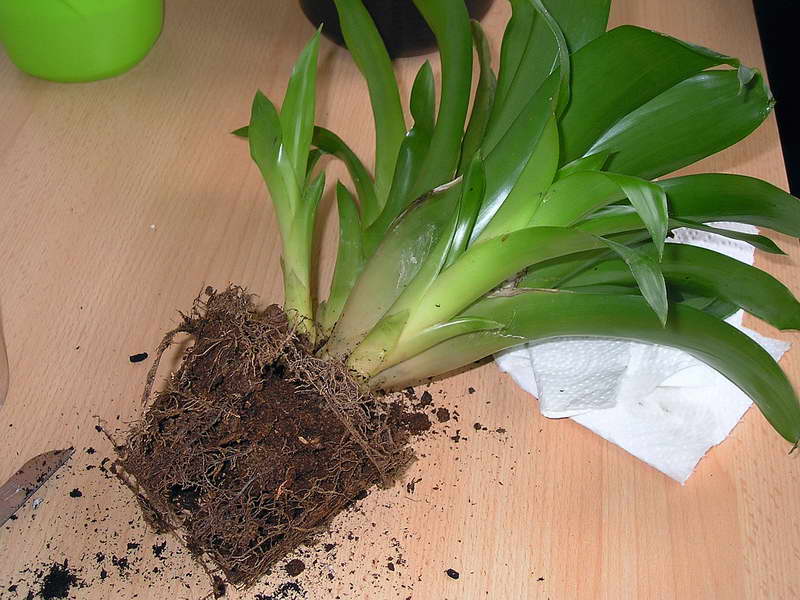
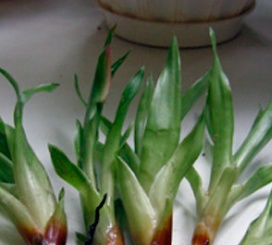
 Sow in the ground, without seedlings: 10 beautiful and unpretentious flowers
Sow in the ground, without seedlings: 10 beautiful and unpretentious flowers Platicodon planting and outdoor care
Platicodon planting and outdoor care Hosta - planting and care in the open ground in the Urals
Hosta - planting and care in the open ground in the Urals Oleander - care and growing at home
Oleander - care and growing at home